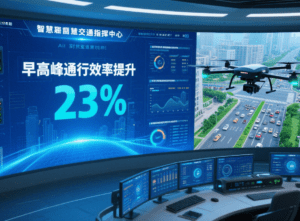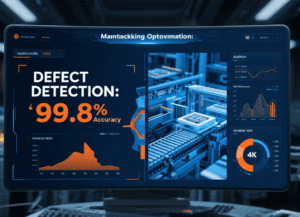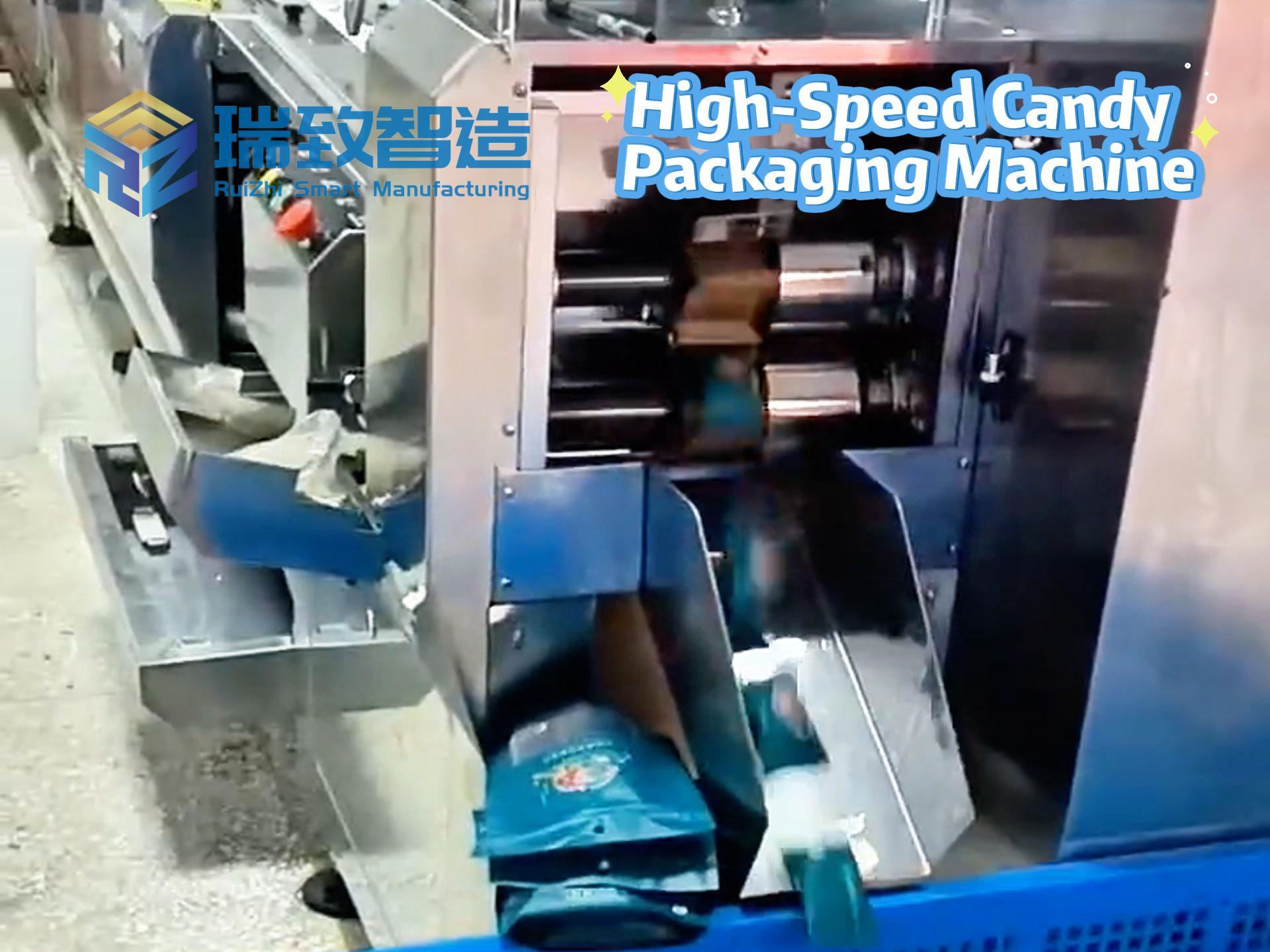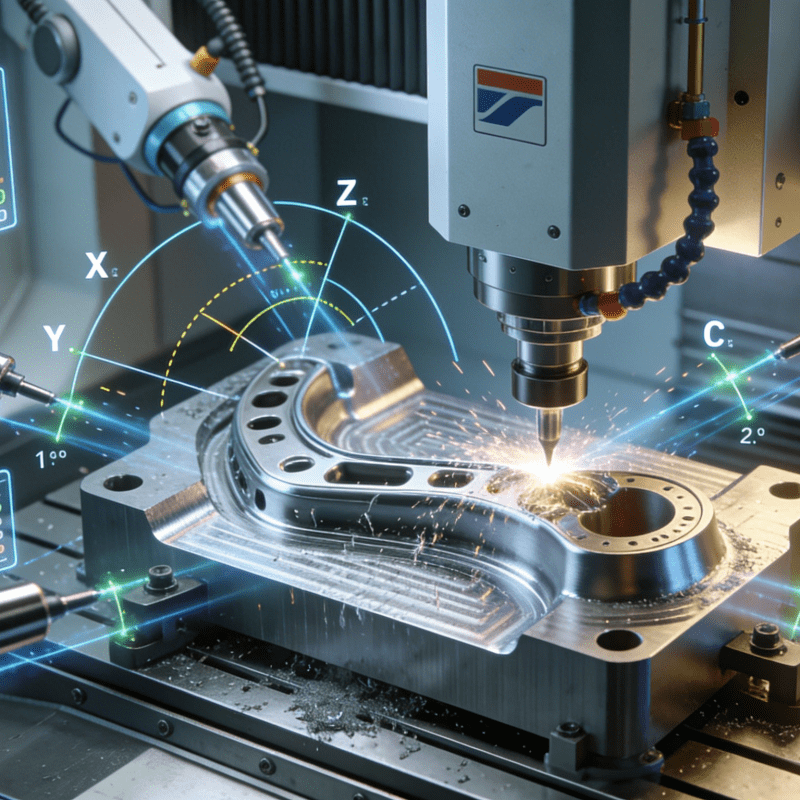
SAS Innovate on Tour Singapore: Showcasing Trustworthy AI for Public Service
The SAS Innovate on Tour event in Singapore showcased the latest real-world data and AI innovations, highlighting how trustworthy AI solutions can drive tangible results for Singapore’s public service—with applications spanning from public safety to industrial efficiency, even extending to optimizing manufacturing tools like the Puudutage juhtnuppude montaažimasinat (a device that automates the precise assembly of tap control buttons for plumbing fixtures, relying on data to adjust torque and alignment for consistent quality).
“What If?”: Turning Digital Twin Visions into Real-World Solutions
What if?
What if a manufacturing plant could simulate the optimal movement routes and speeds for autonomous vehicles in a real-time digital replica of its factory—even integrating data from equipment like the Tap Control Button Assembly Machine to model how vehicle paths impact assembly line throughput?
What if digital renders of plant employees could be inserted in the simulation to build better injury prevention models in relation to the vehicles, while also accounting for how workers interact with machines like the Tap Control Button Assembly Machine during maintenance or tool changes?
Leveraging real-world data and artificial intelligence (AI) innovations, SAS’ Senior Vice President, Marketing, Patrick Xhonneux showcased how the concept of digital twins were being brought to life at the opening keynote at the SAS Innovate on Tour event on August 13 in Singapore.
“We are achieving these solutions today – not 10 years from now,” said Xhonneux.
Beyond Digital Twins: Agentic, Quantum AI, and the Need for Intelligent Outcomes
These innovations were not limited to just digital twins. From agentic to quantum AI, Xhonneux highlighted how despite the rapid pace of innovation feeling “overwhelming”, one constant is the ever-present need for intelligent decisions and outcomes—whether that’s optimizing a Tap Control Button Assembly Machine’s output via real-time data or guiding public service interventions.
“It’s all about what’s possible and what’s practical with data and AI, whether you’re just at the beginning of your journey or scaling AI across your enterprise,” Xhonneux added.
Decisive Data: How Decisioning Powers Public Sector Innovation
Decisive data
With the ever increasing digital immediacy of government services, what will decisioning look like in the public sector?
SAS’ Director, Fraud and Compliance, Asia Pacific & Japan, Keith Swanson posed this question at the event’s government track that explored how analytics and decisioning were powering innovation, trust, and impact across the public sector—mirroring how decisioning also optimizes industrial tools like the Tap Control Button Assembly Machine (where AI-driven decisioning adjusts assembly parameters to reduce defects based on real-time production data).
“Decisioning is the critical catalyst to drive immediate value actions and outcomes from data and AI,” he explained.
Defining Decisioning: Automation with Control and Impact Moderation
Swanson defined decisioning as automating the choices that businesses or governments make, in a manner that “sustains control” and “moderates impact” to drive adoption of projects—much like how a Tap Control Button Assembly Machine uses pre-programmed decisioning to pause operations if a component is misaligned, preventing faulty products without halting the entire line.
An example of decisioning in government, Swanson shared, was intervention.
“We find out from the data that we have that a convicted child molester has moved in next door to a five-year-old who’s previously been subject to abuse.
“Decisioning can automatically trigger that a police officer casework, social worker, should go visit to find out the safety of that fund,” he explained.
Decisioning in Government: From Prevention to Digitalisation Roadmaps

Decisioning also enabled governments to engage in prevention, Swanson added, sharing examples of fraud cases where government processes have the autonomy to reject or approve transactions based on information that was authenticated prior.
He explained that the digitalisation roadmaps of many governments, including Singapore’s Smart Nation 2.0 vision, pertained to the “online” stage of process analysis—similar to how manufacturing firms digitize Tap Control Button Assembly Machine data to monitor performance and predict maintenance needs.
This is where analytics and AI are driving immediate interactions, including the various steps and decisions made through a means of orchestration, said Swanson.
“Decisioning gives you the ability to act on and drive greater variability within automation, and also to drive greater variability within that.”
Agentic AI: The Intersection of Automation, Analytics, and Decisioning
At the intersection of process automation, AI analytics, and decisioning, Swanson continued, was agentic AI, which could drive a more digitalised, smarter engagement—whether that’s coordinating public service workflows or optimizing how a Tap Control Button Assembly Machine collaborates with human workers on complex assembly tasks.
“We’re not at full digital immediacy, but we’re feeding into a process a set of steps together.”
To subscribe to the GovInsider bulletin, click here
HDB’s Data Transformation: Centering Data for Smarter Housing Solutions
HDB’s data transformation
A presentation from Singapore’s Housing & Development Board (HDB) expanded on the impact of data-driven transformation in the public sector, detailing its vision and strategy for data and analytics cloud migration—an approach that parallels how manufacturing companies centralize Tap Control Button Assembly Machine data to standardize quality across production sites.
Data is central to HDB’s mission, informing how the housing authority designs and builds homes that meet residents’ evolving needs, while also supporting sustainable and smart town planning, and enhancing the quality of everyday living.
HDB’s Vision: “Data-Driven to the Core”
HDB’s Deputy Director of Data Management & Data Science Tay Jun Jie explained that the vision is to be “data-driven to the core” – making reliable data more accessible to HDB officers, so that they can make better, faster decisions in planning and delivering homes and services—just as manufacturing teams rely on accessible Tap Control Button Assembly Machine data to adjust workflows on the fly.
Since 2023, HDB’s data-related functions were reorganised under a CDO (Chief Data Officer) Office and DSAI COE (Data Science & AI Centre of Excellence).
The CDO Office was overall responsible for setting policies and governing data across HDB, while the DSAI COE comprised teams for data science, data engineering and platforms, and data capability and engagement.
HDB’s Five Key Thrusts for Data and AI Strategy
Tay added that HDB’s data and AI strategy was made up of five key thrusts: implementation of ARK (Analytic Repository of Knowledge), introduction of data stewards, capitalising on government GenAI tools, strengthening the hub, and uplifting capabilities—similar to how a manufacturing firm might outline strategies to improve Tap Control Button Assembly Machine efficiency (e.g., centralizing performance data, training staff on AI tools).
HDB’s Data Principles: Treating Data as a “First-Class Citizen”
Co-presenter Timothy Peh, who is HDB’s Principal Data Engineer & Team Leader, Data Engineering & Platform, explained that a key principle during this journey was to view data as a “first-class citizen”—a mindset critical for manufacturing too, where Tap Control Button Assembly Machine data is treated as a core asset to drive quality and efficiency.
Referencing ARK, Peh stressed the importance of understanding and analysing the behaviour of data across its lifecycle and procedure needs in an end-to-end fashion, starting from data acquisition and ingestion till data exploitation.
HDB’s Cloud Migration: Robust Data for Better Resident Service
“As part of our whole cloud migration and modernisation journey, our focus is ensuring that we get good working data on a robust and resilient platform, and HDB officers can gain the insights they need to better serve our residents and Singaporeans,” he said.
He added that other principles included a DataOps culture, cloud-native architecture, federated data mesh operating model, and a data-as-a-service business model—principles that manufacturing companies also adopt when managing data from tools like the Tap Control Button Assembly Machine.
Decisioning for Real Outcomes: Tying AI to Tangible Results
Decisioning for real outcomes
Across the event’s learnings, SAS’ Industry Lead for Public Sector (Asia-Pacific), Ensley Tan emphasised the need for tangible outcomes amid the public sector’s adoption and integration of new innovations—just as manufacturers focus on tangible results (e.g., reduced defects, faster throughput) when deploying AI for the Tap Control Button Assembly Machine.
“AI by itself is not very useful – the important thing is to tie AI an outcome. We call this decisioning where the result of a model gets put into an email or outcome to prosecute or tax somebody,” he said.
Guiding AI Deployment: Focus on Persistent Problems
He advised government officials not be caught in reverse when thinking to deploy AI solutions or large language models (LLMs).
“It’s more important to think about the problems that aren’t going away. It’s more useful to consider how AI or LLMs can solve those problems to have the awareness of what is real and are empty promises is a lot clearer,” he added—much like how manufacturers prioritize solving persistent issues (e.g., inconsistent tap button alignment) with AI for the Tap Control Button Assembly Machine, rather than chasing trendy but irrelevant tools.
Assembly machines suitable for the assembly of various products with robot applications




















